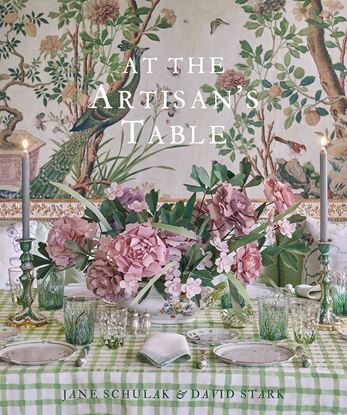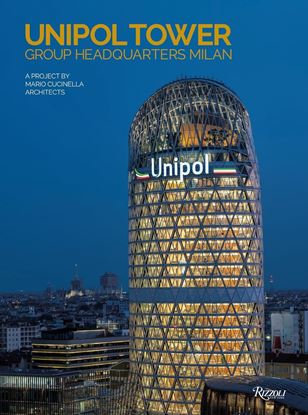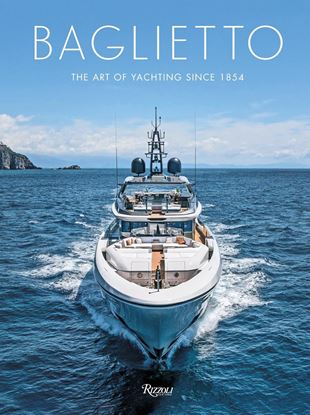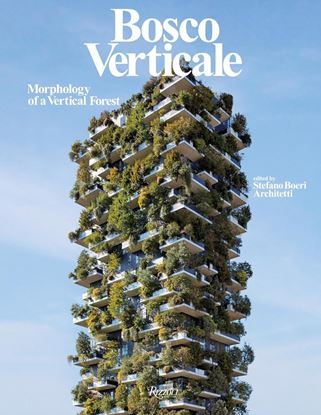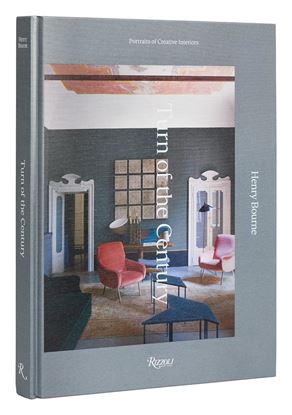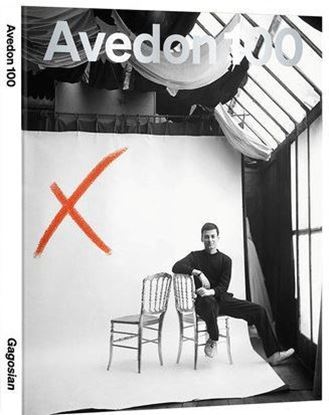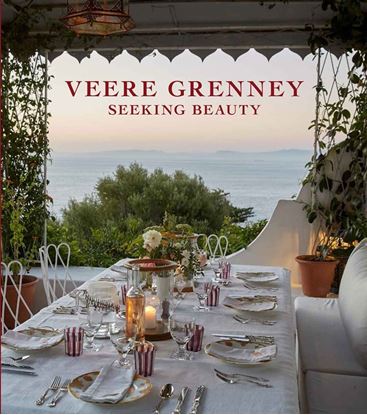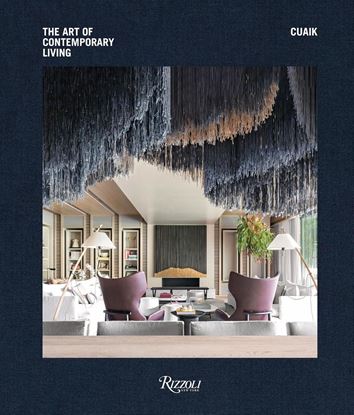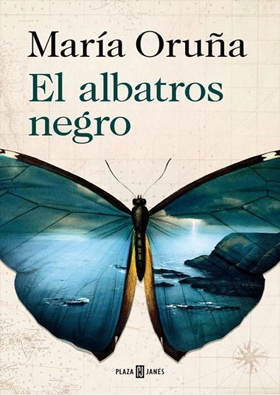

NOVEDADES
AT THE ARTISANS TABLE INSPIRATION
Throughout history, tabletop decoration has been at the nexus of utilitarian function and innovative design. In At the Artisan’s Table, designers and event producers Jane Schulak and David Stark pair historical table wares from the world’s finest design museums with pieces by an international array of contemporary artisans who reinterpret traditional crafts and styles, including Aptware (marbled clay), blue-and-white Delft, chinoiserie, faux bois, plaster, splatterware, and trompe l’oeil.
Each chapter features a museum object that serves as a muse; the work and studio of the artist who has updated the traditional craft; and gorgeous table settings designed by Schulak and Stark that incorporate the artist’s handmade wares and provide inspiration for everyone who has ever wished to wow their dinner guests.
4,995
UNIPOL TOWER. GROUP HEADQUARTERS MILAN
A new tower stands out against the city skyline: the Unipol Tower designed by Mario Cucinella Architects, an internationally renowned architecture studio based in Milan and Bologna. The Unipol Tower is a 124-meter elliptical tower in the Porta Nuova area, in the heart of the city. Made from glass and steel, it has a glasshouse on the rooftop serving as a cultural venue. Commissioned by Unipol, the leading Italian insurance company, the tower looks beyond the corporate identity and headquarters of Unipol and has been acclaimed as one of the most advanced architecture projects ever created.
4,995
BAGLIETTO THE ART OF YACHTING SINCE 1854
Where does craftsmanship end and art begin? What makes something a product, a brand impervious to time and fashions? These are the questions posed while strolling between the past and the present of Baglietto, the Italian shipyard that has been building world-class yachts for 170 years.
Success is not built in an instant. Being good, looking to the future, imposing a style that lasts over time is the gamble every entrepreneur takes. There are not many who succeed, which is why those who reach the age of 170 deserve to be studied, as well as celebrated. Baglietto is now a kind of great international club, access to which serves the right mix of passion for the sea, refined taste for boats that is never over-the-top but rather soberly chic, and, of course, the right spending capacity for objects that cost.
4,995
BOSCO VERTICALE: MORPHOLOGY VERTICAL
From the outset, the concept developed by Stefano Boeri for a residential building in 2004 proved to be forward-looking as it anticipated the new frontiers of urban living. Ten years after its inauguration, the Bosco Verticale (Vertical Forest) has kept all its promises and launched a new way of imagining contemporary cities.
This book celebrates an architectural work that has become the symbol of a renewed collective sensibility toward care for the environment and the plant world. Edited by Stefano Boeri Architetti, it traces its entire history. “The Bosco Verticale is one of the few ‘living’ buildings whose life is still followed ten years later.” This was the inspiration behind the editorial structure of the volume, which is formed of three sections that evoke the growth of a tree: roots, trunk, and branches and leaves.
4,995
TURN OF THE CENTURY
Henry Bourne’s photographs of the residences and workspaces of a who’s who of creative people open windows onto the groundbreaking design approaches and trends of the last three decades.
For nearly thirty years, Bourne has been photographing the residences and studios of, or those designed by, some of the world’s most important artists, architects, designers, and innovators. Culture and society are constantly evolving, and changes, both aesthetic and sociological, are reflected in our physical surroundings. Spaces and portraits in this volume range from the Upstate New York studio of artist Richard Prince, Vincent Van Duysen’s early apartment in Antwerp, and Marc Newson’s residences (his modern former bachelor pad as well as the more textured apartment he shares with Charlotte Stockdale today) to the joyfully chaotic London atelier of artist Paula Rego, the Villa Volpi by architect Tomaso Buzzi near Rome, the London studio of artists Tim Noble and Sue Webster—before and after its sleek renovation, designed by architect David Adjaye.
4,995
VINCENT VAN DUYSEN
Over the past three decades, Vincent Van Duysen has become an important force in design through his expressive architecture and serene interiors. This book documents the source of his inspirations and ongoing laboratory: his own homes.
Vincent Van Duysen has had an outsized influence on the world of architecture and design, from the rarefied echelons of interiors to highly successful collections for Zara Home and a nearly decade-long creative directorship of Molteni&C. Through his spare use of pure and tactile materials, Van Duysen employs a unique stylistic language that is both monastic and sensual, brutal and elegant, primal and refined. His commissions have included product design for numerous international brands, and commercial and large-scale architectural projects, among them high-end residences, a hotel, and retail spaces.
4,995
AVEDON 100
Avedon 100 celebrates Richard Avedon’s enduring influence on photography and makes clear his profound impression on visual culture worldwide.
Published on the occasion of the eponymous exhibition at Gagosian, New York, in 2023, this striking illustrated catalog celebrates the centenary of the iconic photographer’s birth. Over one hundred celebrated artists, designers, musicians, writers, curators, and figures from the world of fashion were asked to select a photograph by Avedon and elaborate on the ways in which both the image and artist have made an impact on their lives. Participants include Hilton Als, Naomi Campbell, Elton John, Spike Lee, Sally Mann, Polly Mellen, Kate Moss, Chloë Sevigny, Taryn Simon, Christy Turlington, and Jonas Wood.
4,995
VEERE GRENNEY: SEEKING BEAUTY
World-renowned interior visionary Veere Grenney takes us on an in-depth tour of his impressive residences in Tangier; Suffolk, England; and, for the first time, his new London home.
The book begins with his beloved Tangerine villa—a decade-long labor of love and must-see for all garden enthusiasts, completed with the help of friend and expert in wild garden design Umberto Pasti and a regency gazebo designed by architect Cosimo Sesti. Next, we visit the Temple, his 18th-century Suffolk “pocket Palladian” set within the parkland of Tendring Hall and with views of the fishing lake and geranium-filled garden. Grenney called this picturesque sanctuary home for much of 2020. Finally, with exclusive photographs and annotations, Grenney opens the doors for the very first time to his brand-new London home.
4,995
CUAIK. SPACES FOR CONTEMPORARY LIVING
Cuaik’s interior designs are characterized by clean lines, neutral palettes, and abundant natural light. Their spaces often incorporate custom-made furniture and artworks, textured materials, and vibrant, strategically placed accents. Emphasizing functionality and aesthetic harmony, Cuaik blends contemporary design with local cultural elements, creating environments that are both elegant and inviting.
Superbly photographed for the first time, this volume features a fine combination of residential and commercial spaces located across Mexico, Spain, and the US. Each project encompasses the architectural design of the space and the production of customized in-house furniture and art.
5,300


